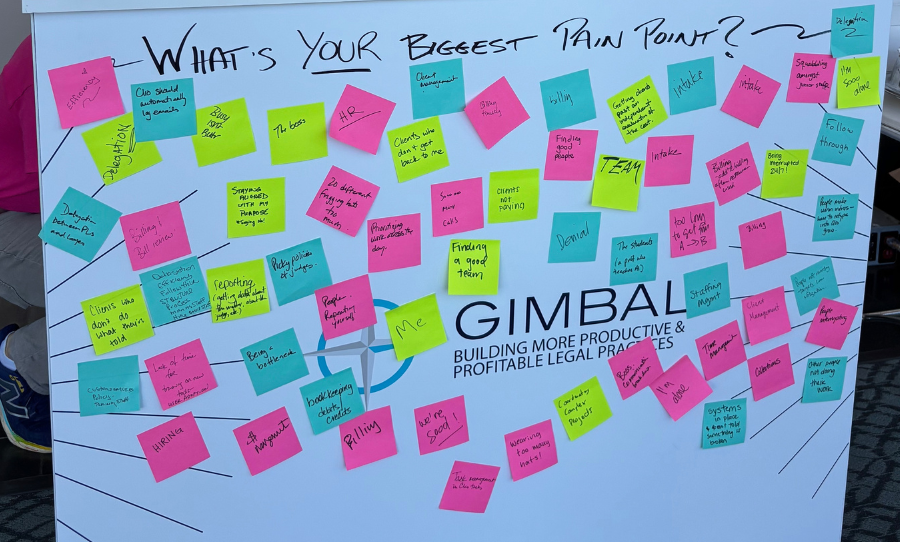E43: Do you know what your client wants or needs?
Jul 29, 2020
Last week, we introduced you to the Practice Accelerator Framework, our step-by-step approach to process improvement based on DMAIC.
Today, we are focusing on the first step which is defining your process.
Want to watch this tip instead?
Defining your process
We start every process improvement project by DEFINING the process.
In this phase, you are setting out the goals and boundaries of your project. To do that, you must accomplish three main things.
Number one: You need to understand your client’s needs and requirements. That is, you must answer the first of our 5 Core Questions: what does the client want and need? Read about our 5 Core Questions here.
Talk to your client. Listen carefully to the answers.
We have a bad habit of listening to the first part of what our clients tell us, and then jumping immediately to what we THINK they’re asking. What we THINK they need. When we do that, we can end up answering the WRONG questions. That doesn’t help anybody, and it doesn’t add any value.
Number two: create a project charter. The charter defines the scope for your improvement project. It establishes the boundaries of your enquiry, sets out the business case for your project, identifies some key metrics, and designates the members of the project team. Your charter will guide you and your team for the duration of the project.
Number three: Create a really high-level picture of the process you want to improve. We do this with a process grid, often called a SIPOC grid. SIPOC stands for Suppliers, Inputs, Process, Outputs and Clients, all in the context of the identified process.
Use a Process Grid
A process grid is a tool that provides a high-level view of a process, capturing the most critical information and helping draw process boundaries clearly. It is the REALLY big picture.

The Practice Accelerator Framework is client-focused, so start filling in the process grid from the client end and work backwards. That is, start with identifying WHO the clients of the process you are targeting are. Then move to WHAT they want from the process: the outputs of the process you are looking at.
The outputs are the specific documents or services the clients of the process need. Maybe it’s a completed conflicts check; a title deed; a will; or an invoice.
Inputs are all the things you need to make the process work. Information from your client or opposing counsel. A completed form. A due diligence report. The court’s decision on your motion.
Finally, the suppliers are those people who provide you with each of the inputs you’ve identified. They could be clients, opposing counsel, the courts, other professionals like bankers or accountants, even the land titles office if you’re doing a real estate transaction.
The result of creating your SIPOC grid will be a clear and high-level picture of the process you want to improve. You will know its start and end points, you will know your own objectives for improving it, and most importantly, you know what the client of the process wants or needs from it.
Now, you are ready to move to the next phase of the Practice Accelerator Framework and answer the core question: How do we work now to achieve that result?
We will cover that next week. Sign up here so you don’t miss it or any of our tips each week.
If you want more information like this, join the LeanLegal® Community Facebook Group. We post articles on efficiency, practice management, and more every week. There’s also a link to join this private Facebook Group in the notes to this video!
Thank a lot, everybody! We will see you next week when we look at the next phase of the Practice Accelerator Framework.
Success in your inbox!
Sign up for our Productivity Tips. You'll get a one tip and one featured article each month, both packed with practical, actionable advice that will help you build a more profitable, productive practice.
We will provide you with practice management tips and related information and offers. We will never sell your information, for any reason. Unsubscribe at any time.


